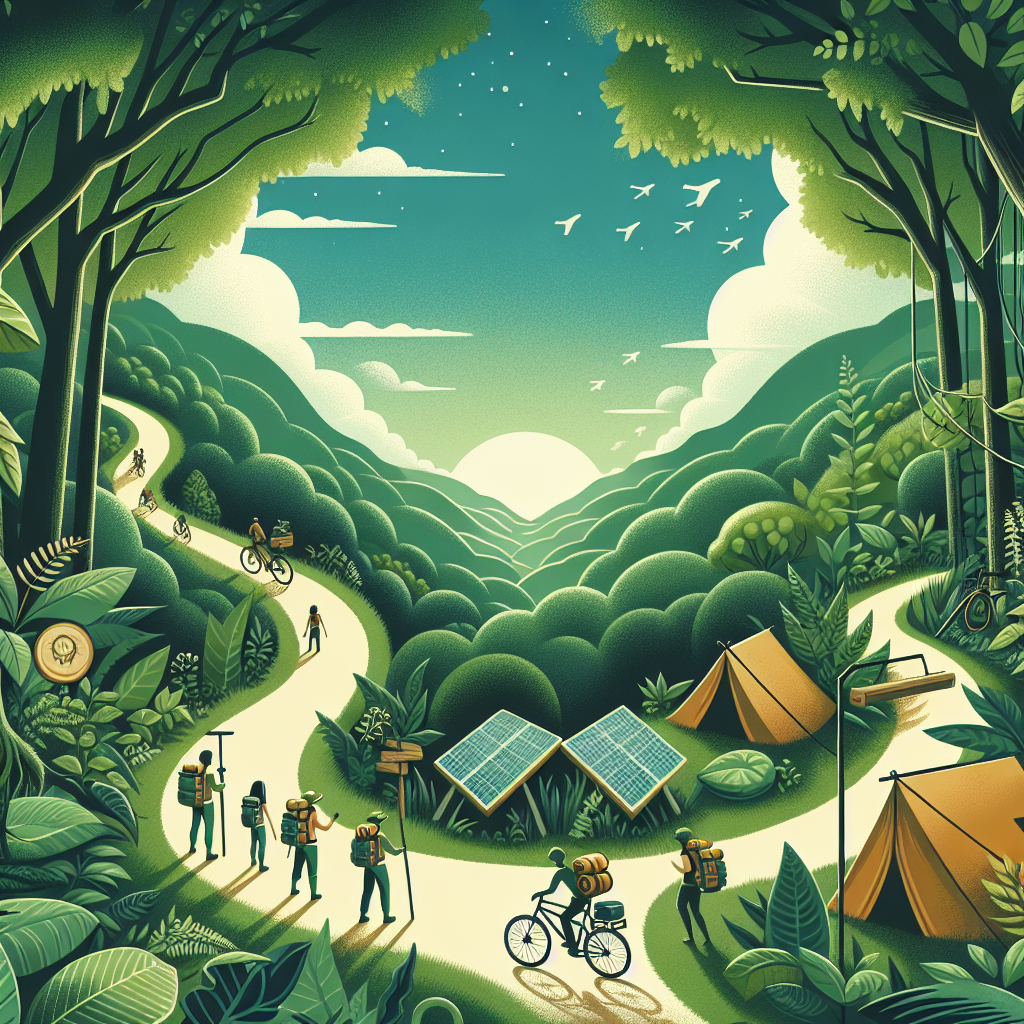Odd Places with Unexpected Wildlife Encounters
When we think of wildlife encounters, our minds often drift to sprawling savannas or dense rainforests. However, nature has a surprising way of showing up in the most unexpected places, offering thrilling and educational experiences for those who venture off the beaten path. In this blog post, we’ll explore some of the oddest places where you might encounter wildlife, providing useful tips and information for the curious traveler.
Urban Jungles: Wildlife in the Heart of the City
Cities are not just concrete jungles; they are teeming with an array of wildlife that has adapted remarkably well to urban environments. Approximately 60% of the global population resides in urban areas, and these spaces have become unexpected sanctuaries for various species.
Peregrine Falcons in Skyscrapers
Peregrine falcons, known for their incredible speed and hunting prowess, have taken to nesting on skyscrapers and urban high-rises. Cities like New York and Chicago are home to these impressive birds, who find the ledges of tall buildings perfect substitutes for their natural cliff-side habitats.
For bird enthusiasts, a visit to these cities can turn into a bird-watching expedition. Check with local wildlife organizations for falcon sightings and nesting updates. Urban bird walks are a great way to learn more while minimizing your ecological footprint.
Foxes in London Parks
London’s parks, like Hyde Park and Hampstead Heath, host more than just picnickers and joggers. The city’s fox population is thriving, with an estimated 10,000 foxes roaming the city. These cunning creatures have adapted to urban life, often seen scavenging for food or resting in gardens.
While encounters are common, it’s essential to respect their space and avoid feeding them. Observing from a distance ensures their survival and safety.
Desert Oases: Surprising Life in Arid Landscapes
Deserts may seem barren at first glance, but they are home to diverse ecosystems and unexpected wildlife encounters. With carefully planned visits, you can witness the tenacity of life in these harsh environments.
The Coachella Valley Fringe-toed Lizard
In California’s Coachella Valley, the fringe-toed lizard thrives in the sandy dunes. This species is specially adapted to desert life, using fringes on its toes to “swim” through the sand. The best time to observe these lizards is during the early morning or late afternoon when they are most active.
Protective measures are crucial, as these lizards are sensitive to habitat disruption. Stick to designated trails and avoid disturbing their natural surroundings.
Desert Elephants in Namibia
Namibia’s desert elephants are a testament to nature’s adaptability. Unlike their savanna counterparts, these elephants have evolved to survive with less water, covering vast distances to find sustenance. Guided tours offer the opportunity to observe these majestic creatures while supporting conservation efforts.
When planning a visit, opt for eco-friendly tours that prioritize the elephants’ welfare and contribute to local conservation initiatives.
Underwater Wonders: Marine Life in Unlikely Waters
Marine wildlife isn’t exclusive to tropical reefs or deep oceans. Some unexpected places offer extraordinary underwater encounters, providing insight into the adaptability of marine life.
Seahorses in the Thames River
The Thames River in London might not be the first place you think of for marine wildlife, yet it is home to a population of short-snouted seahorses. Conservation efforts have improved the river’s water quality, allowing these delicate creatures to thrive.
For a chance to spot them, join a guided river tour that focuses on the ecological history and conservation of the Thames.
Pink Dolphins in Hong Kong’s Waters
Hong Kong’s bustling harbor is also home to the Chinese white dolphin, commonly known as the pink dolphin due to its unique coloration. These dolphins are a sight to behold, though they face threats from increased marine traffic and pollution.
To help protect them, choose responsible tour operators that follow ethical guidelines for dolphin watching, ensuring minimal disturbance to their natural behaviors.
Mountain Marvels: Wildlife in High Altitudes
The world’s mountain ranges are not only breathtaking but also home to wildlife that has adapted to the rigors of high-altitude living. These environments offer some of the most remarkable wildlife encounters.
Snow Leopards in the Himalayas
The elusive snow leopard is a master of camouflage, inhabiting the rugged terrain of the Himalayas. With an estimated population of just 4,000 to 6,500, seeing one in the wild is a rare and treasured experience.
For those seeking this adventure, joining a guided expedition is recommended. These tours are often led by local experts who can track these magnificent creatures while ensuring ethical wildlife viewing practices.
Condors in the Andes
The Andean condor, with its impressive wingspan, soars effortlessly over the Andes mountains. These birds are significant in local folklore and are a symbol of freedom and power.
To observe them, consider visiting national parks like Colca Canyon in Peru, where conservation efforts have helped boost their numbers. Early morning is the best time for sightings as they take advantage of thermal currents to glide.
Conclusion: Embrace the Unexpected
Wildlife encounters in odd places remind us of nature’s resilience and adaptability. Whether in urban centers, deserts, underwater, or mountains, these experiences offer a unique perspective on the natural world. For those looking to explore, remember that responsible and ethical wildlife viewing is key to preserving these habitats for future generations.
By supporting conservation efforts and choosing eco-friendly travel options, you can ensure that these unexpected wildlife encounters continue to inspire wonder and appreciation for the diverse ecosystems that surround us.
So, pack your binoculars, camera, and a sense of adventure, and set out to discover the wildlife hiding in the least expected places!






Leave a Reply
You must be logged in to post a comment.